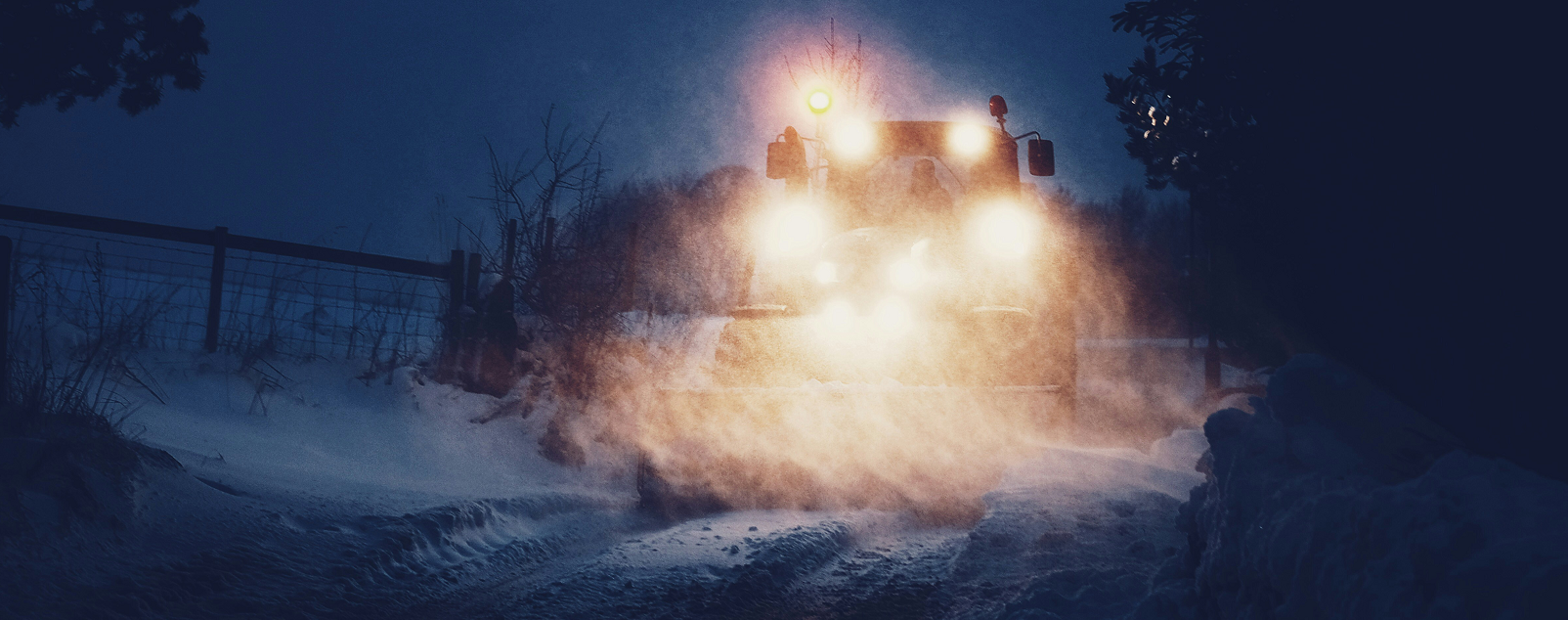Staying safe whilst working in the dark
Reduced daylight hours bring additional hazards particularly for those working evening or night shifts or early mornings. Working in the dark is further impacted the more northerly your location as the less daylight there will be.

Being aware of the increased risks will help keep your workers safe
Heightened risks when working at night include:
Slips, trips and falls
Slips, trips and falls are the most common accident to employees accounting for 32% of all non-fatal accidents.
Fracture (other than to fingers, thumbs, or toes) is the biggest specified injury category accounting for around 90% of all reported specified injuries in 2022/23.
Slips, trips and fall accidents increase during Autumn and Winter. This is due to less daylight, leaves falling making surfaces slippery and wet, and worsening weather conditions including ice and snow.
HSE advise that employers substantially under-report non-fatal injuries: the level of overall employer reporting of RIDDOR defined non-fatal injuries to employees is estimated at around a half.
Weather
Wet, windy and cold weather conditions each bring their own challenges, particularly for outdoor workers exposed to the elements, including being stranded due to a storm or flood or becoming cold and suffering from hypothermia. These risks are exacerbated when working in the dark.
Terrain
Outdoor workers often work in difficult or hazardous locations. Fatigue is a high risk and extra care needs to be taken when night time working to avoid accidents.
Night time driving
Whether commuting to your place of work, driving between sites or working in transport or haulage, driving in the dark requires more attention and focus, being aware of weather and road conditions. Again fatigue is a major contributing factor in traffic accidents.
Here are Trackplot’s tips for staying safe when working in the dark:
-
Acknowledge risks
Risk are heightened and vulnerability is increased when night time working.
-
Plan ahead
Identify potential problems, plan your itinerary and journeys beforehand and ensure they are known by colleagues.
-
Check the weather
Take heed of weather warnings and local conditions. Change your plan if you need to and let your colleagues know.
-
Vehicle safety
Check the safety of your vehicle regularly.
-
Dress appropriately
For example hi-vis vest, layers of warm clothing, take spare clothing, appropriate footwear.
-
Bring the right equipment
For example torch and / or headtorch, spare batteries, food and drink.
-
Out of Hours contacts
Ensure you have Out of Hours contacts in place to alert if you need help.
-
Procedures for working in the dark
Ensure you know what the procedures are for working in the dark – discuss this with your employer if it’s not been raised. The lack of people available to provide support at night, especially if you are working in an isolated location, could put you in jeopardy if this has not been thought through.
-
Fatigue
Watch out for fatigue. Stay alert to avoid accidents and rest if you feel tired, especially if driving or out on rough terrain.
How Trackplot can help
- Use Trackplot World or Trackplot Mobile to advise you are safe and raise the alarm if you need help.
- Use Trackplot’s Environmental Maps to assess local conditions before you start work (rain, temperature, wind, rapidly developing thunder storms, Fire Weather Index to predict wildfires, active fires).
- Use Trackplot’s Met Office Weather Warnings service which forecasts up to 7 days ahead of the expected severe weather.
- Develop your Lone Working Policy and Procedures to include night working.
